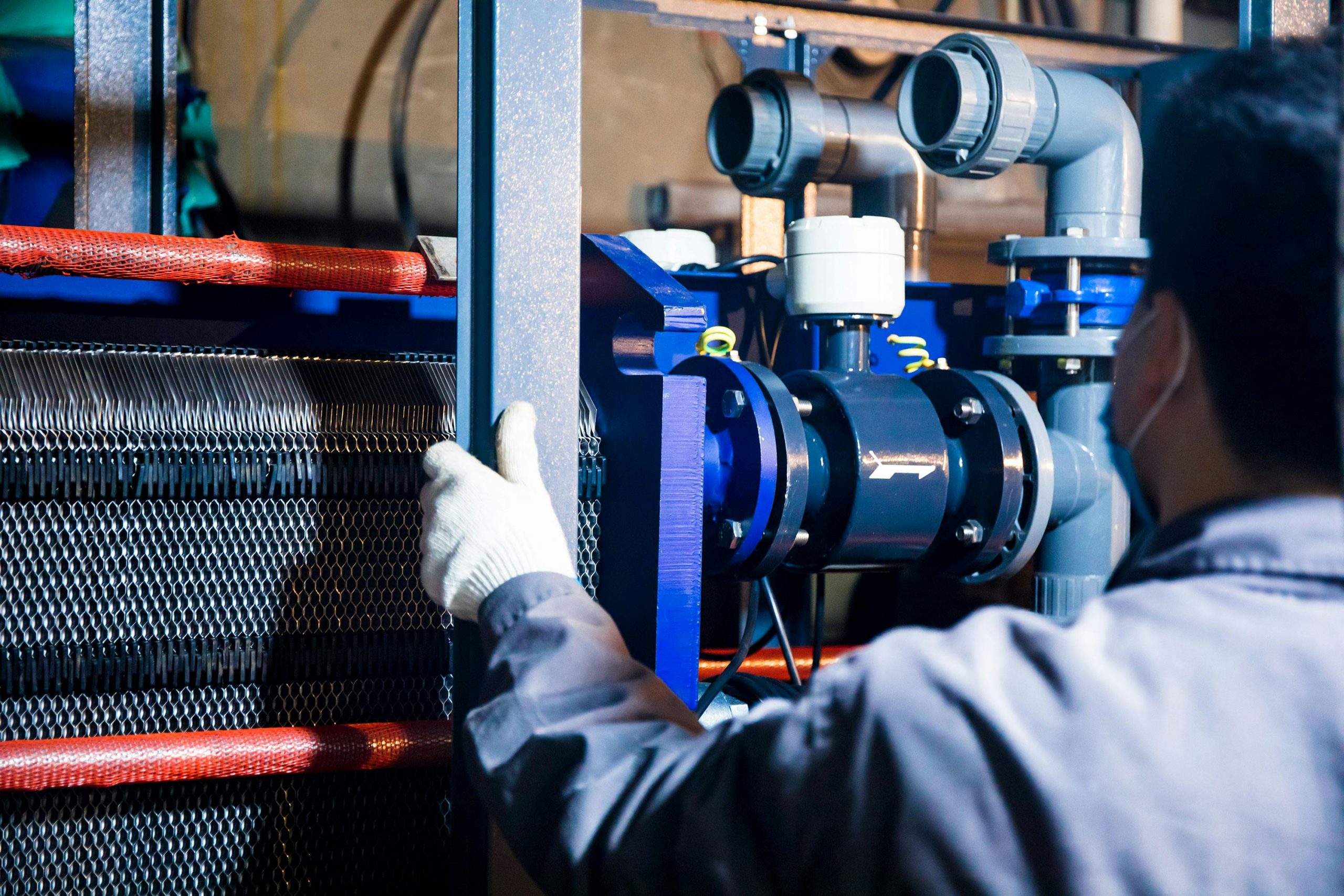- Predictive maintenance uses data and analytics to foresee pipeline issues and prevent downtime.
- It enhances safety by addressing maintenance needs before they lead to hazardous incidents.
- Components include condition monitoring, data integration, and risk assessment for effective implementation.
- Challenges like data quality and resource allocation must be overcome for successful implementation.
- Future trends include IoT integration, AI, and robotics for more efficient pipeline maintenance.
Pipelines are the lifelines of various industries, facilitating the transportation of fluids, gases, and other materials critical for operations. Whether it’s in the oil and gas sector, water management, or chemical industries, maintaining pipeline integrity is paramount for safety, efficiency, and cost-effectiveness. Traditionally, maintenance practices relied on reactive measures, leading to downtimes, costly repairs, and potential hazards. However, with advancements in technology, predictive maintenance strategies have emerged as a proactive approach to address issues before they escalate. This article delves into the significance of predictive maintenance for pipelines and explores effective strategies for its implementation.
1. Understanding Predictive Maintenance
Predictive maintenance revolves around utilizing data, analytics, and machine learning algorithms to predict equipment failures and schedule maintenance accordingly. Unlike traditional reactive maintenance, which fixes problems after they occur, predictive maintenance aims to anticipate issues, allowing for timely interventions to prevent downtime and optimize asset performance.

Utilizing Data Analytics:
Central to predictive maintenance is the utilization of data from various sources, including sensors, historical records, and real-time monitoring systems. By analyzing this data, patterns and anomalies can be identified, enabling predictive models to forecast potential failures.
Machine Learning Algorithms:
Machine learning algorithms play a pivotal role in predictive maintenance by processing large volumes of data to uncover hidden insights. These algorithms can detect subtle changes in equipment behavior, indicating impending failures and facilitating proactive maintenance actions.
2. Importance of Predictive Maintenance for Pipelines
Pipelines span vast distances and traverse diverse environments, making traditional maintenance approaches impractical and costly. Predictive maintenance offers several advantages tailored to the unique challenges of pipeline management.
Preventing Costly Downtime:
Downtime in pipeline operations can result in significant financial losses and disruptions to supply chains. Predictive maintenance helps mitigate this risk by identifying potential issues before they lead to failures, allowing for scheduled maintenance during planned shutdowns or low-demand periods.
Enhancing Safety:
Pipeline integrity is crucial for preventing leaks, spills, and other hazardous incidents. By proactively addressing maintenance needs, predictive strategies contribute to ensuring the safety of personnel, communities, and the environment.
Optimizing Asset Performance:
Effective maintenance practices prolong the lifespan of pipeline assets and optimize their performance. By addressing issues such as corrosion, erosion, and mechanical wear in a timely manner, predictive maintenance maximizes asset reliability and efficiency.
3. Key Components of Predictive Maintenance for Pipelines

Implementing predictive maintenance for pipelines involves several key components, each contributing to the overall effectiveness of the strategy.
Condition Monitoring:
Continuous monitoring of pipeline conditions is essential for early fault detection. This can include various techniques such as vibration analysis, thermal imaging, and acoustic emission monitoring to assess the health of pipeline components.
Data Integration:
Integration of data from disparate sources is critical for developing accurate predictive models. This may involve combining sensor data, maintenance records, environmental factors, and operational parameters to gain comprehensive insights into pipeline health.
Risk Assessment:
Prioritizing maintenance activities based on risk assessment helps allocate resources efficiently. By evaluating factors such as asset criticality, failure consequences, and likelihood of failure, pipeline operators can focus on areas with the highest impact.
4. Implementation Challenges and Solutions
While predictive maintenance offers significant benefits, its successful implementation poses certain challenges that need to be addressed.
Data Quality and Availability:
Ensuring the quality and availability of data is crucial for the effectiveness of predictive maintenance algorithms. This may require investing in sensor technology, data acquisition systems, and data management practices to collect and process relevant data.
Model Accuracy and Reliability:
The accuracy and reliability of predictive models depend on the quality of data and the robustness of machine learning algorithms. Regular validation and refinement of models are necessary to account for changing operating conditions and evolving failure patterns.
Resource Allocation:
Optimizing resource allocation for predictive maintenance activities requires balancing cost considerations with risk mitigation objectives. Pipeline operators must carefully prioritize maintenance tasks based on their potential impact on safety, reliability, and operational continuity.
5. Future Trends and Innovations
The field of predictive maintenance for pipelines continues to evolve with advancements in technology and analytics. Several trends and innovations are shaping the future of predictive maintenance strategies.
Internet of Things (IoT) Integration:
The proliferation of IoT devices enables real-time monitoring of pipeline assets, enhancing data collection and analysis capabilities. IoT integration facilitates remote monitoring and predictive analytics, enabling proactive maintenance interventions.
Artificial Intelligence and Predictive Analytics:
Advancements in artificial intelligence and predictive analytics are leading to more sophisticated predictive models capable of detecting subtle anomalies and predicting failures with greater accuracy. Machine learning algorithms are becoming increasingly adept at uncovering hidden insights from complex datasets.
Automation and Robotics:
Automation and robotics technologies are being leveraged for pipeline inspection and maintenance tasks, reducing the need for manual intervention and enhancing efficiency. Autonomous inspection devices and robotic platforms can perform intricate tasks such as pipeline cleaning, maintenance, and repair with precision.
Predictive maintenance strategies offer a proactive approach to ensuring the reliability, safety, and efficiency of pipeline operations. By harnessing the power of data analytics, machine learning, and advanced technologies, pipeline operators can anticipate maintenance needs, optimize resource allocation, and minimize downtime. As the industry continues to embrace predictive maintenance, it’s essential for organizations to invest in robust data infrastructure, advanced analytics capabilities, and skilled personnel to realize the full potential of these strategies. By doing so, they can safeguard their assets, protect the environment, and enhance overall operational performance in the dynamic landscape of pipeline management.

